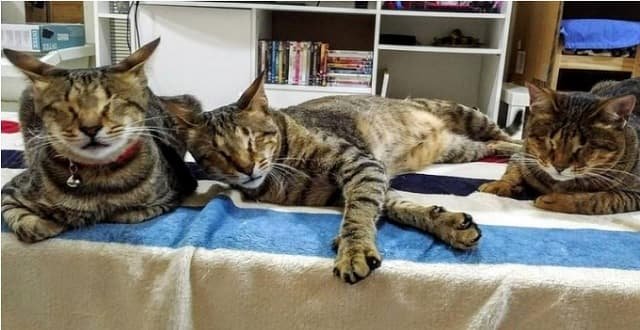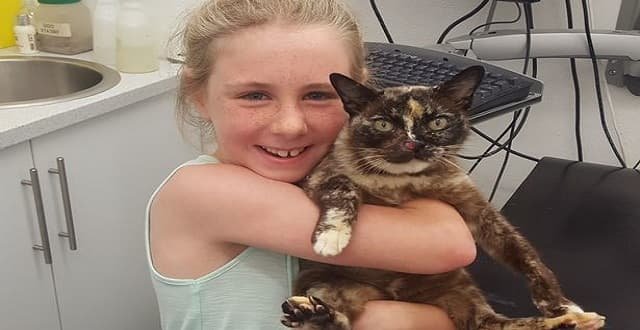UNITED KINGDOM – A six-week-old kitten nearly died after developing a serious flea infestation after a mistake made by its owner.
The six-week-old pet, whose name is Kitten, was immediately rushed to the PDSA’s Pet Hospital by his owner after he stopped eating and suddenly became very lethargic.
PDSA Senior Vet, Linda Day, stated: “He was covered in fleas and we quickly diagnosed him with flea anemia. Tests showed his blood sugar was dangerously low and he was also hypothermic.
“We gave him emergency treatment to warm him up and also to kill the parasites. We also gave preventive flea treatment for all of the kitten’s littermates and advised the owner to treat her home and follow a regular flea and worming program.”
The kitten’s owner explained that she had treated the mother cat for fleas but mistakenly believed that the kittens were too young to be treated.
She stated: “I didn’t want to hurt the kittens and had been told by someone that you couldn’t treat them at such a young age.
“I’m so grateful to PDSA for everything they did for my kittens and want tell others of how dangerous fleas can be to pets.”
PDSA vet Rebecca Ashman, explained: “High infestations of fleas can cause a condition called flea anemia. This is where the parasites have drained so much blood that they leave the animal desperately weak. In younger and smaller pets this can quickly become life threatening.
“It’s worrying that there’s been such an increase in the number of pets that have never received flea treatments.
“Even if your pets don’t go outside, flea eggs and larvae can still be brought into the home on clothing and shoes.
“Flea infestations can cause terrible suffering, so regular flea prevention really is an essential part of taking care of your pet.”
How to properly treat fleas:
Treat regularly – frequent treatments are needed to stay on top of any fleas that may be trying to set up home in your pet’s fur. All labels should be checked carefully, ask your vet if you’re not sure how often to do this as it’s important to use treatments correctly.
Always choose the right product – ask your vet which product would be best for your pet. Some products might not be as effective as others. If you have more than just one pet, make sure the product is suitable for each pet and follow the instructions to the letter. You should never use a dog-specific flea treatment on a cat, as these can contain a higher dosage that could cause fatal poisoning.
Treat all of your pets – fleas can jump straight from one species to another, so it’s important to treat all the pets in your house regularly at the same time.
The environment should be treated, too – wash your pet’s bedding and any blankets they use at the highest temperature possible as often as you can, and vacuum areas where they frequently lie. Flea eggs and larvae can live inside soft furnishings, and as some products only deal with adult fleas it’s important to break the cycle.
Pet owners should also treat for other parasites – fleas can lead to other problems such as tapeworm, so a regular worming program is also important.
Source










